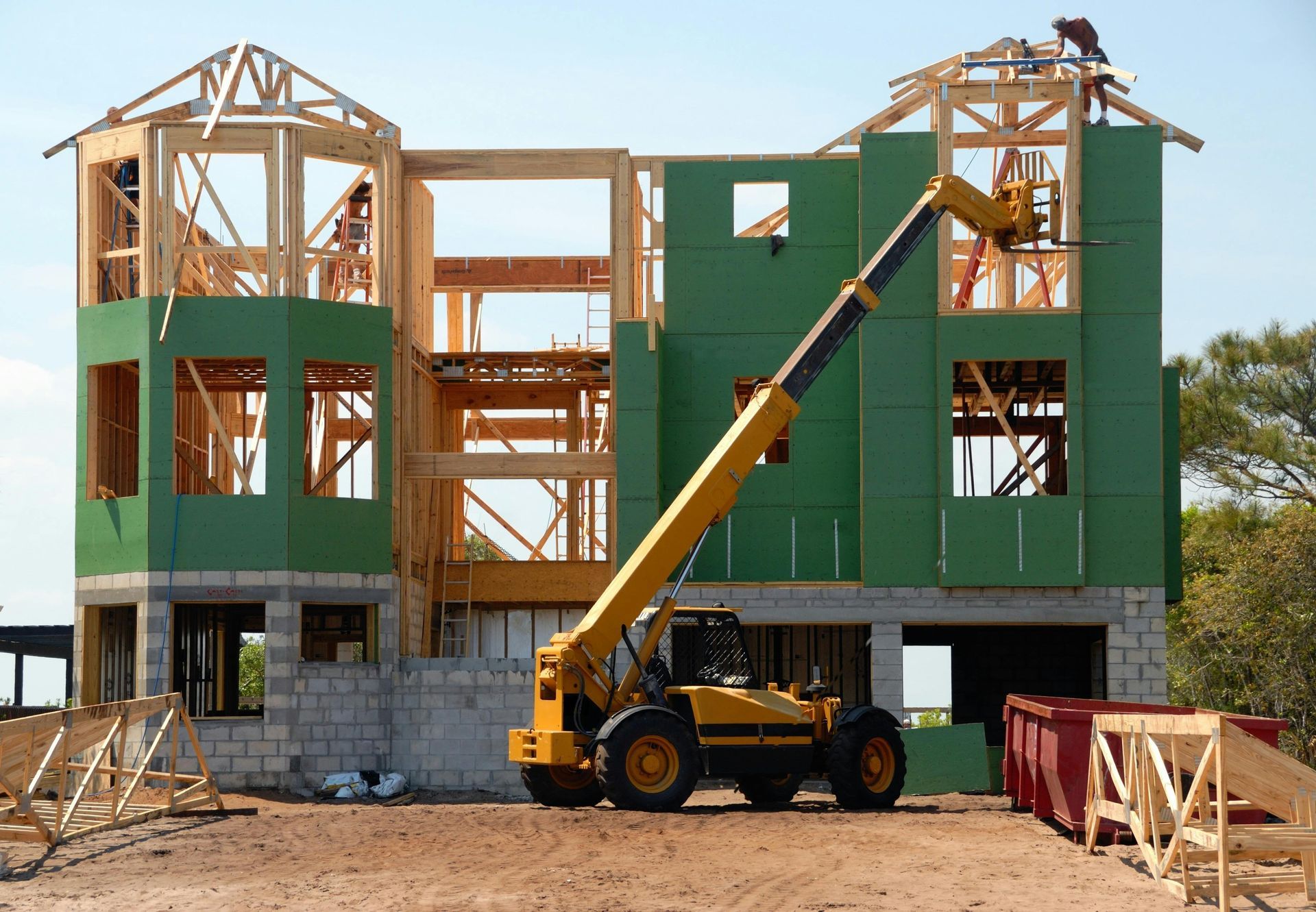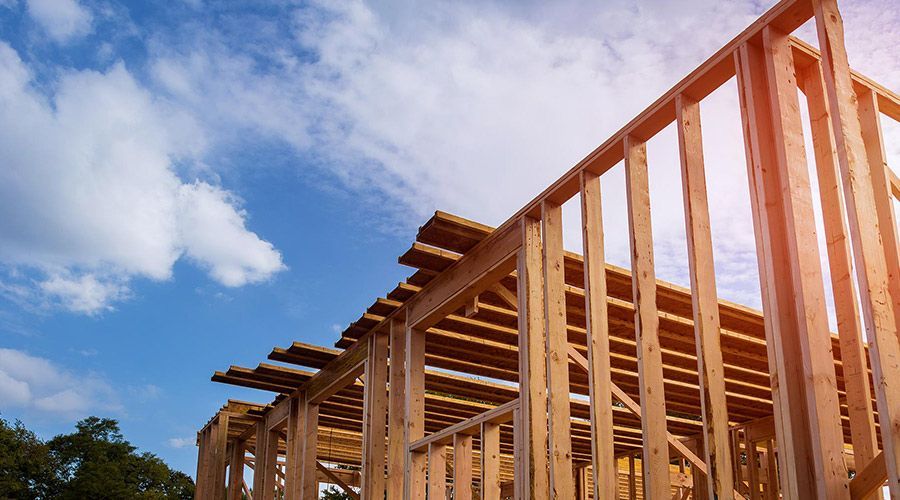The Importance of Site Preparation in Construction Projects
February 26, 2024
Site preparation is the unsung hero of construction projects, laying the groundwork for everything that follows. It's about more than just clearing land; it's a crucial step that ensures the stability and longevity of your project. Proper site preparation addresses potential issues before they arise, setting the stage for a smooth construction process and ultimately, the success of the entire project.
Key Steps in Site Preparation
Site preparation is a critical phase in construction that lays the groundwork for everything that follows. Here’s a closer look at the essential steps involved:
- Soil Testing Before any construction begins, it's vital to test the soil. This step helps determine the soil's ability to support a structure by assessing its composition and bearing capacity. Soil testing can reveal potential issues like contamination or the presence of unsuitable soil types, which could affect the stability and safety of the future structure. Addressing these issues early on ensures that the construction can proceed on a solid foundation.
- Site Clearing Once the soil has been tested and deemed suitable, the next step is clearing the site. This involves removing any obstacles that might impede construction, such as trees, rocks, and existing structures. Site clearing is not just about removing these physical barriers; it's also about preparing the land for the construction process, ensuring that the site is accessible and safe for workers and machinery.
- Grading and Leveling After clearing the site, the next step is grading and leveling. This process involves adjusting the slope and elevation of the land to ensure proper drainage and to create a level base for the construction. Proper grading is essential for preventing water accumulation around the structure, which can lead to foundation problems and other water-related issues. Leveling the site also makes it easier to lay the foundation and construct the building according to the planned design.
Each of these steps plays a crucial role in preparing a site for construction. Skipping any of these steps can lead to challenges down the line, from structural issues to delays in the construction timeline.
Benefits of Thorough Site Preparation
Proper site preparation is crucial for any construction project, offering numerous benefits that extend far beyond just laying the groundwork. Here are some of the key advantages:
- Enhanced Safety: First and foremost, thorough site preparation helps create a safer working environment for construction workers and future occupants. By identifying and mitigating potential hazards early on, such as unstable soil or hidden obstacles, the risk of accidents and injuries is significantly reduced.
- Streamlined Project Timelines: A well-prepared site allows for smoother construction operations. With obstacles cleared and the site leveled, construction teams can move forward without unexpected delays, ensuring that the project stays on schedule. This efficiency is crucial for meeting deadlines and avoiding costly overruns.
- Budget Efficiency: Effective site preparation can also lead to better budget management. By addressing potential issues early, such as soil instability or drainage problems, costly mid-construction corrections are avoided. This foresight helps in keeping the project within budget, as it reduces the likelihood of unforeseen expenses related to site-related challenges.
Thorough site preparation lays the foundation for a successful construction project. It not only ensures the safety and efficiency of the construction process but also contributes to the long-term stability and durability of the structure.
Common Challenges and Solutions in Site Preparation
Site preparation is pivotal for the smooth execution of construction projects, yet it often comes with its set of challenges. Identifying these obstacles early and finding effective solutions is key to keeping a project on track. Here are five common challenges along with their practical solutions:
- Unexpected Soil Conditions: Sometimes, soil testing may reveal conditions that are not conducive to construction, such as soil that's too loose or prone to shifting.
- Solution: Engage geotechnical engineers to assess the situation and recommend solutions like soil stabilization techniques, which might include the use of geotextiles or compacting agents.
- Presence of Underground Utilities: Discovering unexpected underground utilities can halt construction efforts, posing safety risks and causing delays.
- Solution: Utilize ground-penetrating radar (GPR) technology before starting the project to accurately locate and map out any underground utilities. This allows for the redesign or rerouting of utilities if necessary.
- Environmental Regulations: Navigating environmental regulations can be complex, especially if the site is near sensitive ecosystems or water bodies.
- Solution: Early consultation with environmental experts and local authorities can help identify any potential issues. Implementing measures like silt fencing or erosion control mats can mitigate environmental impact and ensure compliance with regulations.
- Weather-Related Delays: Weather can be unpredictable and significantly affect site preparation timelines.
- Solution: Develop a flexible project schedule that accounts for weather-related delays. Incorporate buffer periods and plan for weather-resistant measures, such as covering exposed soil or using water pumps for flooding.
- Access Issues for Machinery and Equipment: In some cases, the site may be difficult to access, hindering the transportation of heavy machinery and equipment.
- Solution: Assess the site access points early in the planning phase and, if necessary, construct temporary access roads. Alternatively, consider using smaller, more maneuverable equipment that can easily navigate tight spaces.
Overcoming these challenges requires foresight, planning, and flexibility. By anticipating potential issues and implementing these solutions, construction teams can ensure that site preparation lays a solid foundation for the successful completion of their projects.
Conclusion: Ensuring a Solid Start
Site preparation is not just a preliminary step; it's the foundation of any successful construction project. Ensuring the soil is stable, the site is clear, and everything is level sets the stage for safety, efficiency, and budget control. Facing challenges head-on with practical solutions keeps projects on track. So, let's champion the best practices in site preparation, embracing thorough planning and proactive problem-solving, to guarantee every construction project gets off to a solid and promising start.











